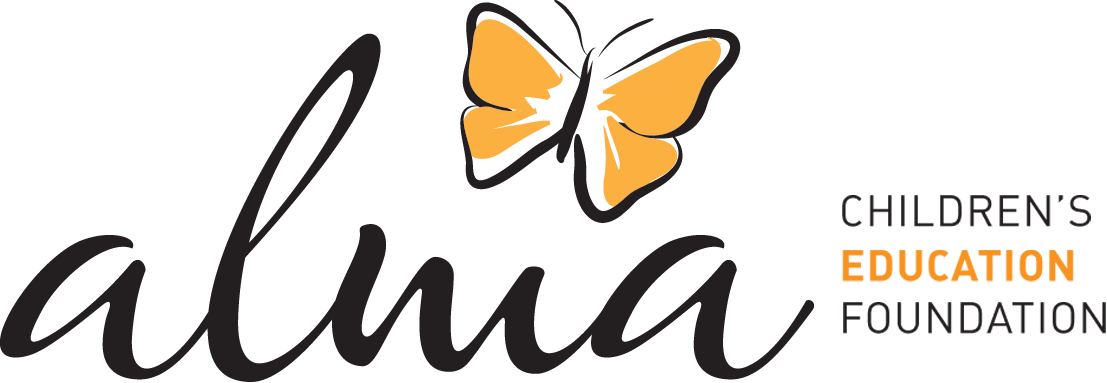On the last Friday of every month, all the teachers working in our Biblioteca projects throughout Cusco come together for a day to exchange experiences and training. During our latest training workshop, we discussed a very important, but often overlooked, aspect of our Biblioteca projects: the student portfolio.
The student portfolio is a tool we have the teachers use not only to improve our assessment of the project’s impact, but also in order to show the students and their parents the academic, creative, and analytical progression of each individual student throughout the school year. It’s a big task involving a lot of information and attention to detail, but it is important to gather the total story of each student’s progress in a way that grades cannot.
At the beginning of the project, each teacher makes a digital folder for each student. As the project is implemented and as it progresses, each folder is gradually filled with the student’s work samples, teacher observations, video and photo evidence of student abilities and shortcomings, teacher-student interviews, student-student interviews, etc. Teachers look for the level of each student’s engagement and participation (do they dominate or stay quiet?), the relevancy of their work (are they on task?), the adequacy of difficulty (counting v. multiplication), and the presence of strategy, critical thinking, and creativity in their thought process. They also look for student attitude towards values such as sharing, environmental awareness, compassion, etc.
It is a lot to manage and very qualitative in nature, but that is why it is so important to pay attention to. Simply knowing how to add does not mean that the actual process of summation is understood. And when they do understand it, are the value structures in place to ensure the knowledge will be used in a positive way? We create these portfolios not only to measure the students’ academic levels, but to measure their analytic and creative abilities – skills necessary for true, deep learning beyond the rote level.
It is difficult for the teachers, however, and that is part of the reason why we have monthly training sessions and weekly visits to projects for one-on-one reviews. We are challenging our teachers to try new things, fail, and then tell us about it so we can share the experience with others and see what works.
Furthermore, the portfolios will be burned to disc at the end of the year and given to the respective parents of each student, creating a tangible storyline as opposed to a letter or number grade. This will help us make intangible and difficult to understand concepts more clear to parents, who often are illiterate or with little schooling themselves- a theme which I have written about in earlier blogs. They will be able to actually see and hear their child’s progress, bringing about more interest in their child’s education- an incredibly important variable in improving education in the communities where we work.

![Blog-_A_review_of_differentiated_instruction[1]](https://www.almafoundation.ca/wordpress/wp-content/uploads/2015/08/Blog-_A_review_of_differentiated_instruction1-300x169.jpg)
![Blog-_Prof._Norma_presenting_progress_in_Tucsa[1]](https://www.almafoundation.ca/wordpress/wp-content/uploads/2015/08/Blog-_Prof._Norma_presenting_progress_in_Tucsa1-300x169.jpg)